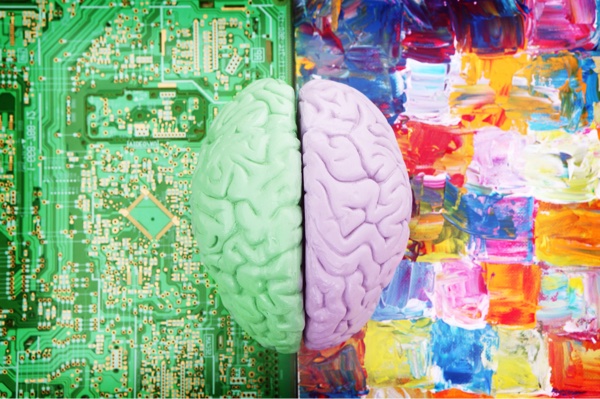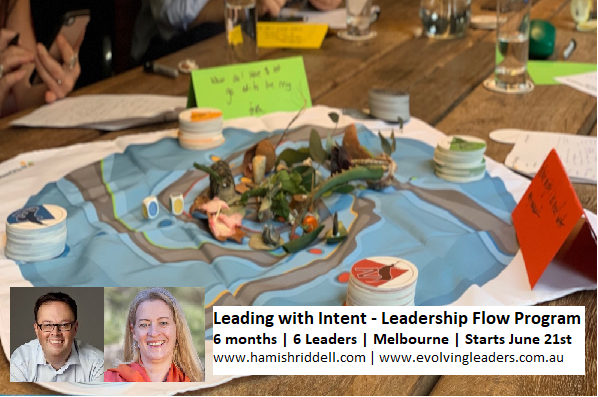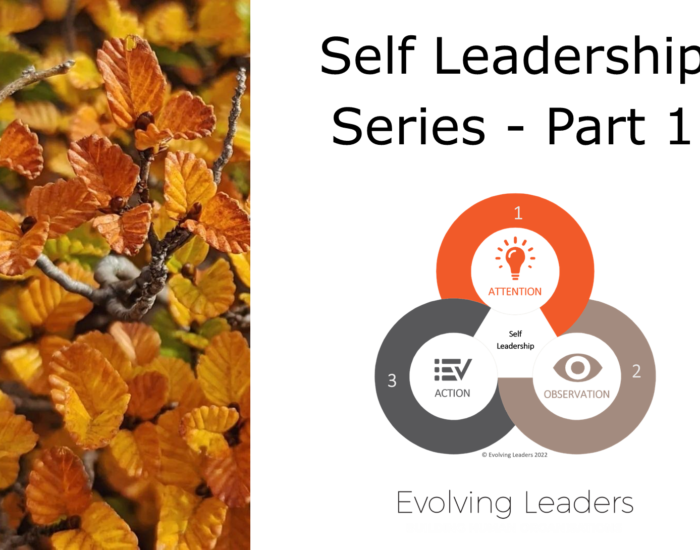The wonderful potential of the mind
‘I have no doubt that most people live – whether physically, intellectually or morally – in a very restricted circle of their potential being. They make use of a very small portion of their possible consciousness, much like a man (person) who out of his whole bodily organism, should get into a habit of using and moving only his middle finger.’ – William James, the ‘father of American psychology’
I spent the first 36-plus years of my life firmly stuck in my head. Like most people, I was under the impression that that was where we do our thinking and feeling. I thought that the brain – the body’s computer – was responsible for all that stuff, and that it was pretty efficient at it as well. And to be honest, my head had served me pretty well to that point.
It took a major life experience to crack that paradigm wide open and cause me to look at the whole idea of the mind quite differently. In doing so I learnt about some very different ways of looking at consciousness. I started to explore different perspectives of consciousness and new ways of accessing deeper levels of it.
It has been recognised for over a hundred years that we typically use only a small part of our minds. Freud’s model of the human mind suggested that only about 10% of our mind’s work is conscious and readily available to us, with 50 to 60% subconscious and the remainder a level deeper in the unconscious.
It has also long been recognised that many of us tend to think more with the left ‘logical’ hemisphere of our brain and very little with the right ‘creative’ side.
Over time other models of the mind have evolved, most of which separate the concept of the ‘mind’ from the physical organ that is the ‘brain’. One of those which is gaining increasing focus recognises that the mind extends well beyond the brain and into the rest of the body. In fact there are three centres of the mind: the head, the heart and the gut.
If we stop to think about it, this is intuitively true. We can all identify times when emotions seemed to have literally ‘pulled at our heart strings’ and brought us to tears, and even gently placed our hand over our heart. Or in another situation a “gut feeling’ may arise, we may even pause momentarily…then to rationalise the feeling away. It’s interesting how this ‘gut feeling’ can then cause discomfort in our gut or even put us off eating altogether. What if we could tap into all three centres of the mind: head, heart and gut?
Grant Soosalu and Marvin Oka of mBraining go as far as to call each of these centres separate ‘brains’, (just to confuse the mind/brain thing) the ‘heart brain’ being responsible for emoting, values and relations, the ‘gut brain’ for our core identity, self-preservation and mobilisation, and the ‘head brain’ for cognitive perception, thinking and making meaning.
Cassandra Goodman notes in a recent article on Linkedin that research in the field of neuroscience is starting to take this thinking beyond the anecdotal, identifying real neural connections between the head and the heart and the head and the gut.
A lot of this is new science and still controversial, but the evidence is mounting.
Implications for leadership
The pace and complexity and ambiguity of today’s working environment is making life challenging for many leaders. Whether you find that yourself or you see it amongst the people you work with, I’m sure you know what I’m talking about.
Leaders – whether in business, the not-for-profit and community sectors or in politics – are increasingly expected to look beyond one-dimensional outcomes in which ‘the end justifies the means’. Both employees and customers want more. Employees are looking for greater purpose in their work. They expect that their workplace will improve rather than hinder their wellbeing. Customers want to know not only that a product or service is going to meet their needs but that it was created in an ethical, fair and sustainable way.
And we know these challenges are only going to increase.
Given all of this, it simply makes sense that leaders – and by extension all of us – need to find ways to access a greater proportion of our mind. Today’s well-rounded leader needs to be able to access the whole of their brain (left and right sides) – their head centre – as well as their heart and gut centres.
The question is, how can that be done?
How to access more of the mind
The trick here is to learn new techniques for accessing – to return to the Freud model – the 90% of the mind that we don’t normally tap into. Or to use the three centres model, to get out of our heads and tap into our heart and gut centres.
My discovery was that there are all sorts of ways this can be done. There are all sorts of ways we can begin to access the an inner dimension of ourselves and bring to the surface more of our subconscious and unconscious ‘treasures’.
I’ll share some of what I found in the next post.





